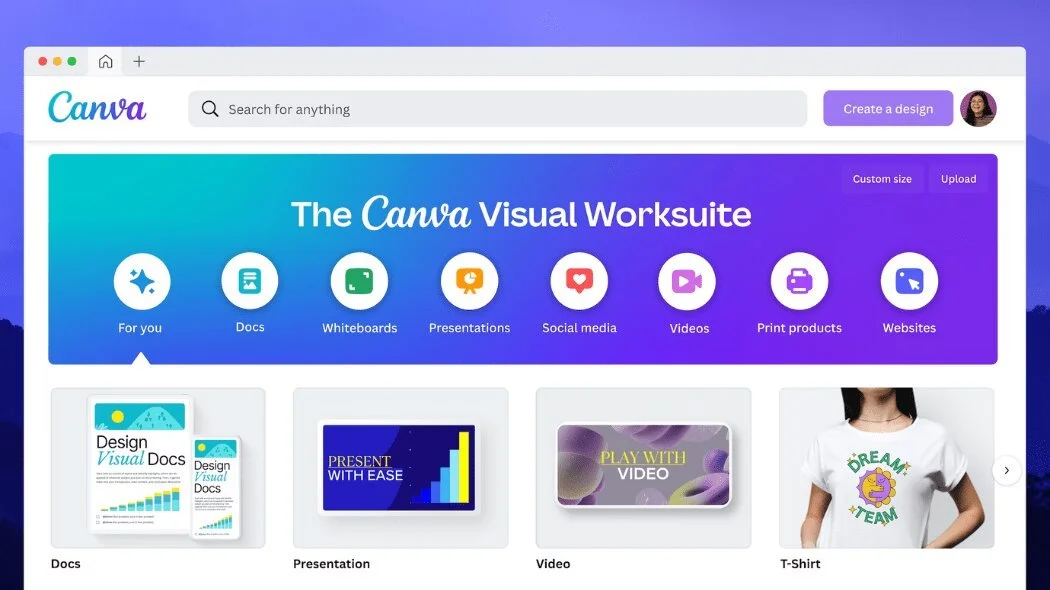How to Choose the Perfect Book Cover (Even If You’re Not a Designer)
Photo by Artem Podrez: https://www.pexels.com/photo/person-holding-a-gray-painted-board-6786608/
Disclosure: Some of the links in this post may be affiliate links, which means I may earn a small commission at no extra cost to you.
They say don’t judge a book by its cover, but let’s be real—everyone does. In fact, your cover is one of the most important marketing tools you’ll ever invest in. It’s the first impression, the handshake, the thing that stops a scroll or earns a second glance.
But what if you’re not a designer? What if you don’t have a massive budget or a clue where to start?
Good news: You don’t need to be a Photoshop pro or break the bank to create a cover that grabs attention and sells books. Let’s talk about what makes a book cover work—and how to get one that works for you.
🔹 Why Your Cover Matters (A Lot)
First impressions: Readers take 3–5 seconds to decide whether to click.
Genre signaling: Your cover tells readers what kind of story to expect.
Marketing power: Ads, social posts, and thumbnails all depend on visual appeal.
Reader trust: A professional-looking cover gives off credibility and confidence.
🔹 Know Your Genre (and Study the Trends)
Before you design anything, do your homework.
Here’s how:
Go to Amazon’s Top 100 in your genre and take screenshots of trending covers.
Ask: Are they dark or bright? Illustrated or photographic? Minimalist or detailed?
Readers have expectations. Meet them—then twist them slightly if you want to stand out.
Example:
Romantasy? Think flowing gowns, moody skies, serif fonts.
Hard sci-fi? Bold colors, metallic type, minimalism.
Cozy mystery? Illustrated scenes, pastels, and handwritten fonts.
🔹 Options for Getting a Great Cover
1. Hire a Professional Cover Designer
If budget allows, this is your best bet. Look for designers who specialize in your genre and understand market expectations.
Recommended Sites:
Pros: High quality, genre-aligned, custom
Cons: Can range from $200–$1,000+
2. Use a Pre-Made Cover
These are professionally designed covers that haven’t been used before—and often include basic text customization.
Where to find them:
Pros: Affordable, fast turnaround
Cons: Less customization, limited uniqueness
3. Design It Yourself (Carefully)
If you go DIY, use a tool like Canva Pro or BookBrush, both of which offer templates sized for KDP.
Tips:
Use high-resolution images (no blurry stock!)
Stick to 2–3 fonts max
Test how it looks as a thumbnail (most people will see it tiny first)
Make your name and title pop
What to Avoid Like the Plague
WordArt fonts or overly decorative text
Cluttered visuals with too many elements
Generic covers that scream “template”
Inconsistent branding between series books
Ask for Feedback (But Be Strategic)
Don’t just post it in a random group and ask, “What do you think?” Be specific:
“Which one feels more on-genre for epic fantasy?”
“Does this look more self-published or traditionally published?”
“Would this make you click if you saw it on Amazon?”
Use Facebook groups like “Indie Cover Critique” or subreddits like r/coverfeedback.
Final Thoughts
Your book cover is your silent salesman. It’s working 24/7, convincing readers to stop, click, and buy. You don’t need to spend a fortune, but you do need to get it right.
So take your time, study the market, and when in doubt, keep it clean, bold, and genre-true.

